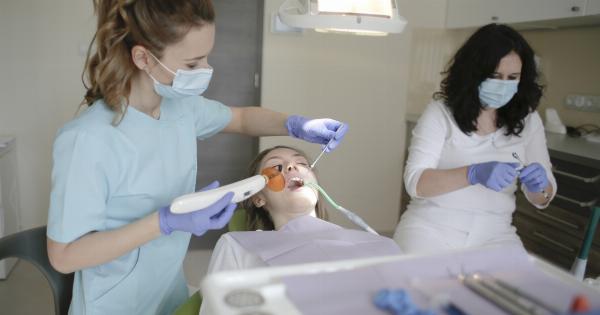Colon cancer, also known as colorectal cancer, is a silent killer that often presents little to no symptoms in its early stages.
According to the American Cancer Society, approximately 149,500 new cases of colon cancer will be diagnosed in the United States in 2021 alone. It is the third most commonly diagnosed cancer and the second leading cause of cancer-related deaths in the US.
Risk Factors for Colon Cancer
While colon cancer can affect anyone regardless of age, gender, or race, certain factors increase the risk of developing the disease. These include:.
- A personal history of colorectal polyps or colon cancer
- A family history of colon cancer or colorectal polyps
- Inflammatory bowel disease (IBD)
- A sedentary lifestyle
- A diet high in red meat and processed foods, and low in fruits and vegetables
- Obesity
- Smoking
- Heavy alcohol consumption
Symptoms of Colon Cancer
Colon cancer often presents no symptoms in its early stage, which is why regular screenings are so important. However, as the cancer progresses, symptoms may include:.
- Blood in the stool or rectal bleeding
- A change in bowel habits, such as diarrhea or constipation
- Abdominal pain or cramping
- A feeling of incomplete emptying after a bowel movement
- Fatigue
- Unintentional weight loss
Preventing Colon Cancer with Colonoscopy
One of the most effective ways to prevent colon cancer is through regular screenings, such as a colonoscopy.
A colonoscopy is a medical procedure that allows a doctor to examine the inside of the colon and rectum for signs of cancer or precancerous polyps.
When to Get a Colonoscopy
The American Cancer Society recommends that people at average risk of colon cancer begin regular screenings at age 45.
For those at increased risk due to factors such as family history, a personal history of colon cancer or polyps, or IBD, screenings may begin at a younger age.
What to Expect During a Colonoscopy
Prior to the procedure, patients will need to follow a bowel prep regimen to ensure that the colon is completely cleaned out.
During the colonoscopy, the patient will lie on their side while a long, flexible tube called a colonoscope is inserted into the rectum and guided through the colon. The colonoscope has a small camera on the end that transmits images of the inside of the colon to a monitor, allowing the doctor to identify any abnormalities.
Benefits of Colonoscopy
In addition to identifying precancerous polyps and early-stage colon cancer, colonoscopy has several other benefits:.
- Allows for the removal of precancerous polyps before they can develop into cancer
- Provides an opportunity to biopsy suspicious areas for further testing
- Can identify other conditions such as diverticulitis or inflammatory bowel disease
- Is less invasive than other diagnostic procedures, such as a sigmoidoscopy or CT colonography
Possible Risks of Colonoscopy
While colonoscopy is a safe and effective procedure, there are potential risks involved. These include:.
- Bleeding from the biopsy site or from the site where a polyp was removed
- Perforation of the colon wall
- Adverse reaction to sedation or medication
Alternatives to Colonoscopy
If a colonoscopy is not an option for a patient, there are other screening methods available. These include:.
- Fecal immunochemical test (FIT)
- Fecal occult blood test (FOBT)
- CT colonography
- Sigmoidoscopy
Conclusion
Colon cancer is a serious disease that affects millions of people each year.
While there is no surefire way to prevent colon cancer, regular screenings such as colonoscopy can identify precancerous polyps or early-stage cancer, increasing the likelihood of successful treatment and survival. Talk to your healthcare provider about your risk for colon cancer and the appropriate screening schedule for you.





























